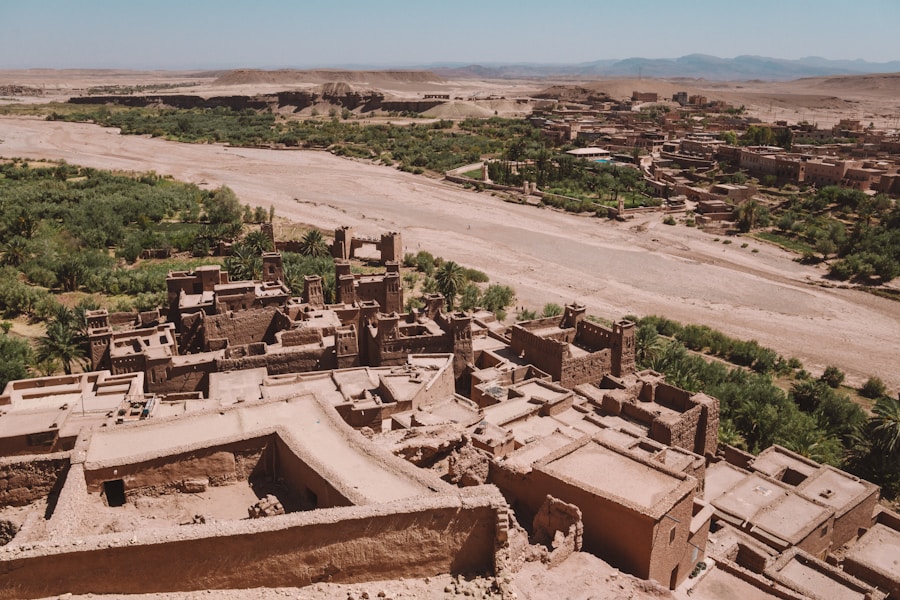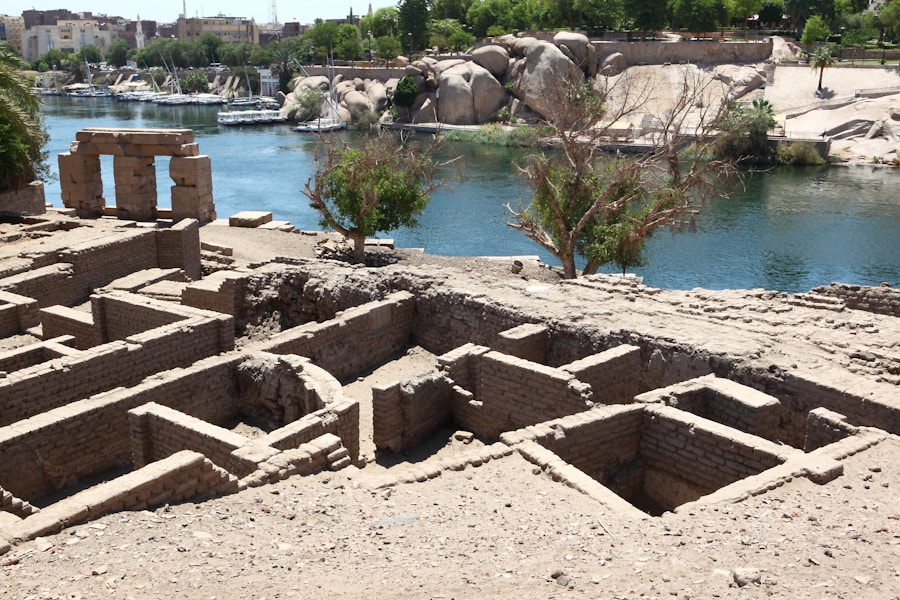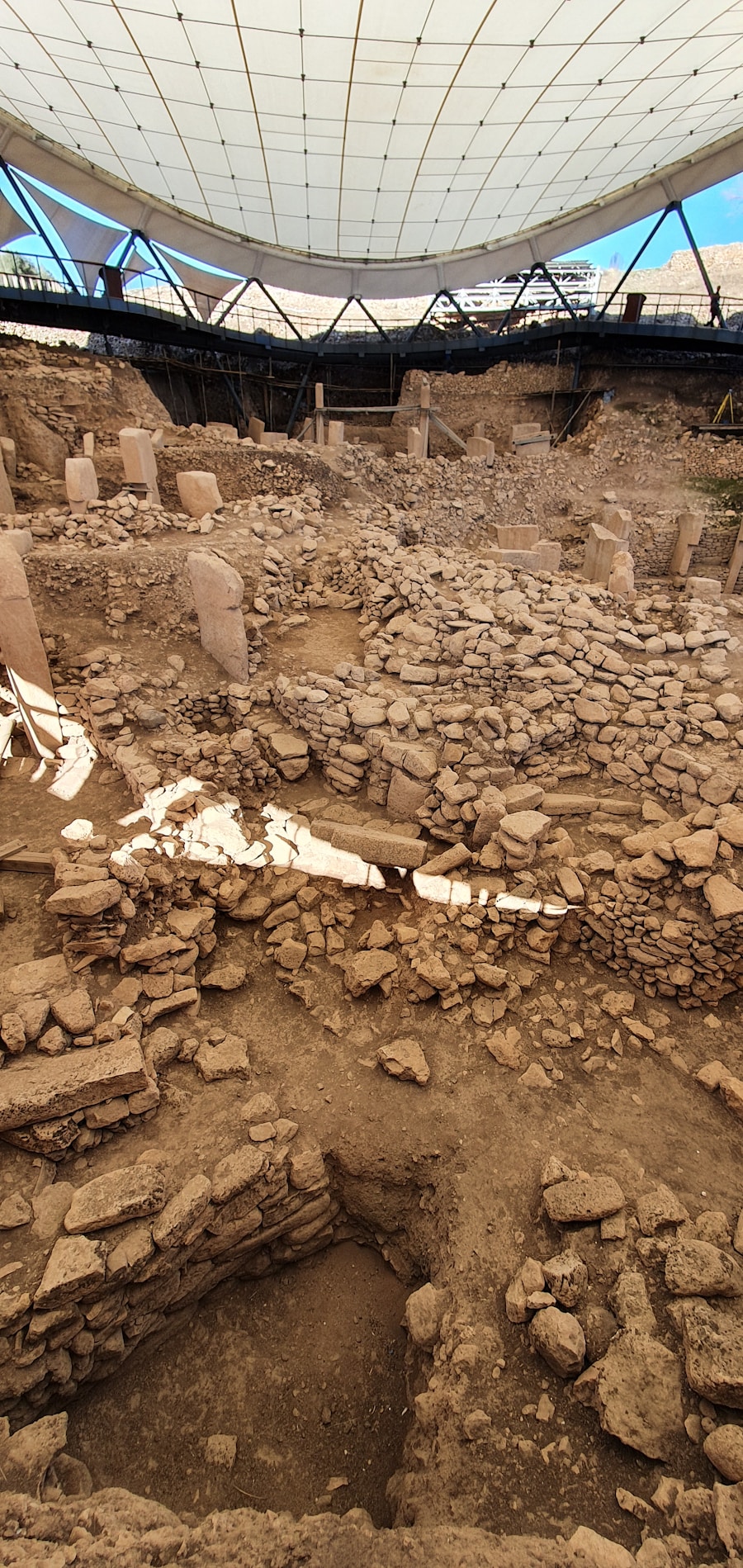Environmental factors have long played a pivotal role in shaping the destinies of civilizations. The interplay between human societies and their natural surroundings can lead to both flourishing and decline. For instance, the ancient Mesopotamian civilization thrived in the fertile crescent, where the Tigris and Euphrates rivers provided ample water for agriculture.
However, over time, unsustainable farming practices led to soil salinization, which diminished agricultural productivity and contributed to the civilization’s eventual decline. This example illustrates how environmental degradation can undermine the very foundations of a society. Climate change is another critical environmental factor that has far-reaching implications for civilizations.
The Little Ice Age, which spanned from the 14th to the 19th centuries, had profound effects on Europe, leading to crop failures, famine, and social unrest. The colder temperatures disrupted agricultural cycles, resulting in food shortages that fueled discontent among the populace. Similarly, contemporary issues such as rising sea levels and extreme weather events threaten coastal cities and agricultural regions worldwide.
As societies grapple with these challenges, the ability to adapt to changing environmental conditions becomes paramount for survival and prosperity.
Key Takeaways
- Environmental factors can significantly impact a region’s stability and prosperity, including natural disasters and climate change.
- Economic decline can lead to widespread poverty, unemployment, and social unrest, contributing to instability.
- Political instability, such as corruption and lack of effective governance, can create a volatile environment and hinder development.
- Social disintegration, including ethnic tensions and inequality, can lead to conflict and further destabilize a region.
- External invasions and interventions can disrupt local governance and exacerbate existing challenges, leading to prolonged instability.
- Technological and infrastructural challenges, such as lack of access to basic services and outdated infrastructure, can hinder development and contribute to instability.
Economic Decline
Economic decline is often a harbinger of broader societal issues, manifesting in various forms such as unemployment, inflation, and reduced public services. The Great Depression of the 1930s serves as a stark example of how economic turmoil can lead to widespread hardship. Triggered by the stock market crash of 1929, the ensuing economic collapse resulted in massive unemployment rates, with millions of people losing their jobs and homes.
The ripple effects of this economic downturn were felt globally, leading to political instability and social unrest as citizens demanded government intervention and relief. In more recent times, the economic decline experienced by countries like Venezuela highlights the complexities of managing a nation’s resources. Once one of the wealthiest nations in South America due to its vast oil reserves, Venezuela’s economy has plummeted due to mismanagement, corruption, and falling oil prices.
Hyperinflation has rendered the national currency nearly worthless, leading to severe shortages of basic goods and services.
This situation underscores how economic decline can erode social cohesion and lead to significant demographic shifts.
Political Instability

Political instability often arises from a confluence of factors, including economic distress, social unrest, and external pressures.
Citizens took to the streets demanding democratic reforms, social justice, and an end to authoritarian rule.
While some nations experienced successful transitions toward democracy, others descended into chaos and civil war, highlighting the unpredictable nature of political upheaval. In addition to grassroots movements, political instability can also stem from power struggles within governments. The ongoing conflict in Syria illustrates how internal divisions can lead to catastrophic consequences.
Initially sparked by protests against President Bashar al-Assad’s regime, the situation escalated into a brutal civil war involving various factions and foreign interventions. The resulting humanitarian crisis has displaced millions and created a breeding ground for extremist groups. This example underscores how political instability can have far-reaching implications not only for the affected nation but also for regional and global security.
Social Disintegration
Social disintegration refers to the breakdown of social structures and relationships that bind communities together. This phenomenon can manifest in various ways, including increased crime rates, loss of trust in institutions, and a decline in civic engagement. The rise of urban crime in cities like Detroit during the late 20th century serves as a poignant example of social disintegration.
As manufacturing jobs disappeared due to globalization and automation, many residents faced economic hardship, leading to increased poverty and crime rates. The erosion of community ties further exacerbated these issues, creating a cycle of despair that was difficult to break. Moreover, social disintegration can be fueled by cultural fragmentation and polarization within societies.
In contemporary America, for instance, political polarization has led to a significant divide among citizens, with individuals increasingly identifying with partisan ideologies rather than shared national values. This fragmentation is evident in social media echo chambers where individuals are exposed only to viewpoints that reinforce their beliefs, further entrenching divisions. As trust in institutions wanes and social cohesion diminishes, the potential for conflict increases, posing challenges for governance and community resilience.
External Invasions
Throughout history, external invasions have dramatically altered the course of civilizations. The fall of the Western Roman Empire in the 5th century is often attributed to a combination of internal decay and external pressures from invading tribes such as the Visigoths and Vandals. As these groups breached Roman borders, they exploited weaknesses within the empire, leading to widespread chaos and ultimately contributing to its collapse.
This historical example illustrates how external forces can exploit vulnerabilities within a civilization, leading to its downfall. In more recent times, the invasion of Iraq in 2003 by a coalition led by the United States serves as a contemporary case study of how external military interventions can reshape nations. Initially justified by claims of weapons of mass destruction and the desire to promote democracy, the invasion resulted in significant destabilization within Iraq.
The power vacuum created by the removal of Saddam Hussein’s regime led to sectarian violence and the rise of extremist groups like ISIS. This situation underscores how external invasions can have unintended consequences that reverberate long after military operations cease.
Technological and Infrastructural Challenges

Technological advancements have historically been double-edged swords for civilizations; while they can drive progress and innovation, they can also present significant challenges when not managed effectively. The Industrial Revolution is a prime example of how rapid technological change transformed societies but also led to severe social and environmental issues. Urbanization accelerated as people flocked to cities for factory jobs, resulting in overcrowded living conditions and public health crises.
The lack of infrastructure to support this sudden influx strained resources and highlighted the need for comprehensive urban planning. In today’s digital age, technological challenges continue to evolve at an unprecedented pace. Cybersecurity threats pose significant risks to national security and individual privacy as societies become increasingly reliant on digital infrastructure.
High-profile data breaches and ransomware attacks have demonstrated vulnerabilities within critical systems that underpin modern life. For instance, the Colonial Pipeline ransomware attack in 2021 disrupted fuel supplies across the Eastern United States, revealing how technological dependencies can create systemic risks that have real-world consequences for economies and daily life. Moreover, infrastructural challenges are often exacerbated by technological advancements that outpace existing frameworks.
As cities adopt smart technologies aimed at improving efficiency and sustainability, they must also contend with issues related to data privacy, equity in access to technology, and potential job displacement due to automation. The challenge lies not only in integrating new technologies but also in ensuring that they serve all members of society equitably while addressing existing infrastructural deficits. In conclusion, understanding these multifaceted factors—environmental influences, economic decline, political instability, social disintegration, external invasions, and technological challenges—provides valuable insights into the complexities that shape civilizations throughout history and into the present day.
Each factor interplays with others in intricate ways that can either bolster or undermine societal stability and resilience over time.
One interesting related article to Factors Behind the Fall of Ancient Urban Settlements is “Real World Examples of Mathematical Modelling” which can be found at this link. This article explores how mathematical modelling can be applied to various real-world scenarios, including the study of historical trends and patterns in urban development. By using mathematical tools and techniques, researchers can gain valuable insights into the factors that contributed to the decline of ancient cities and settlements.
FAQs
What are some common factors behind the fall of ancient urban settlements?
Some common factors behind the fall of ancient urban settlements include environmental degradation, warfare, political instability, economic decline, and social unrest.
How did environmental degradation contribute to the fall of ancient urban settlements?
Environmental degradation, such as deforestation, soil erosion, and water scarcity, could lead to agricultural collapse, food shortages, and ultimately the abandonment of urban settlements.
What role did warfare play in the decline of ancient urban settlements?
Warfare and invasions by external forces could lead to destruction of infrastructure, loss of resources, and disruption of trade, which in turn could contribute to the decline and abandonment of urban settlements.
How did political instability impact the fall of ancient urban settlements?
Political instability, including power struggles, corruption, and ineffective governance, could lead to a breakdown of social order, loss of public trust, and ultimately the decline of urban settlements.
What economic factors contributed to the fall of ancient urban settlements?
Economic decline, such as trade disruptions, resource depletion, and economic inequality, could lead to a decline in prosperity and ultimately the abandonment of urban settlements.
How did social unrest contribute to the decline of ancient urban settlements?
Social unrest, including civil unrest, rebellion, and class conflict, could lead to a breakdown of social cohesion, loss of public safety, and ultimately the decline and abandonment of urban settlements.






















+ There are no comments
Add yours